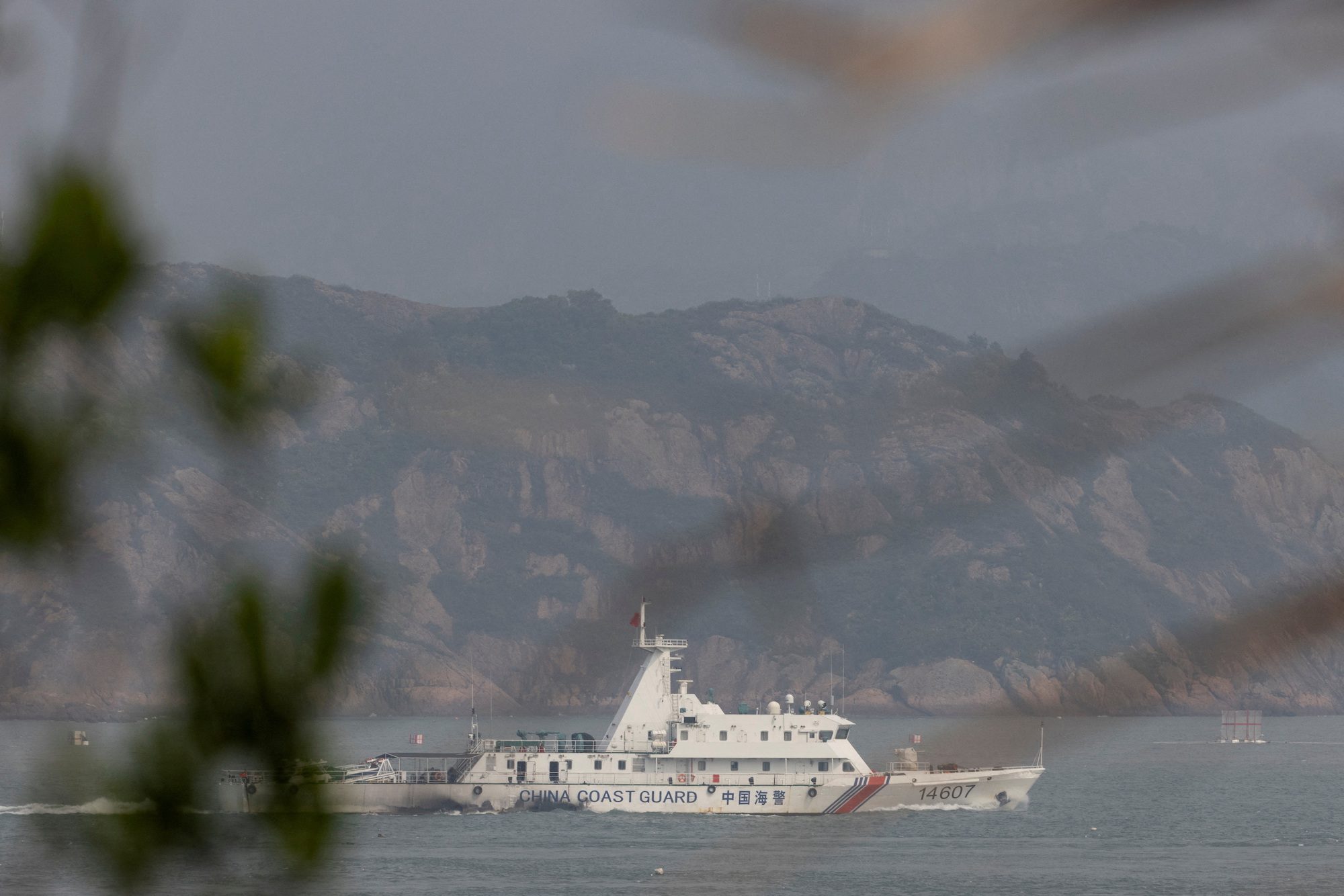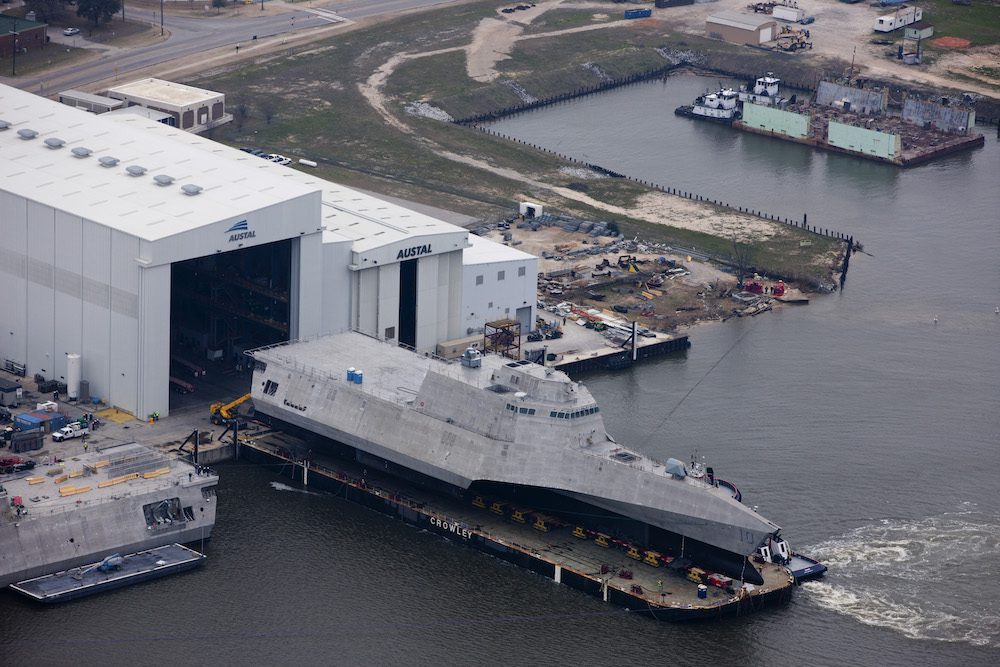Safety at Sea=PAP
By John G. Denham
In my naval experience I hated inspections more than storms. Most of the inspectors were knowledgeable, competent but tended to harp on what they knew and nit-picked technical items the average sailor barely understood. There were two exceptions: the Nuclear Technical Proficiency Inspection (NTPI) and the Board of Inspection and Survey (INSURV). The ship was either determined ready and capable or it was not. I played several roles in those processes and gleaned an important lesson: a ship operates best when Policy, Attitude and Procedures are in sync.
Every ship at sea operates within some form of policy, be it the companies or the Master’s. The policy normally dictates the attitude in which procedures are executed. Success starts with a realistic policy. A policy that demands 100% effort all the time has little chance of success, whereas a reserve margin for emergencies provides probable achievement. If one can not pick-up the beat, the race may be lost.
The maritime situation today is rapidly changing; sailors are technicians, ships are mechanical, electronic packages of modern technology, the old buckets are disappearing, replaced by behemoths with a hand full of people in charge. Modernization and maximum-efficient processes are the order for survival.
Competency is not accomplished overnight or is a high test score an indication of skill. Competency, knowledge, skill, and experience are hard to acquire and are increasing in demand. There are groups, organizations and societies of highly qualified and experienced ex-mariners, licensed masters, captains, mates and engineers that have left the sea and sought employment in related trades and associated professions. Some have formed companies that provide special services to shipping companies e.g., pollution prevention, personnel and vessel manning, license and certification preparation, insurance, cargo operations, ship handling, navigation and seamanship etc.
Those specialized interventions provide a needed service and are used by many to resolve specific needs, but the product is not integrated with the whole; the leak is fixed but the cause remains.
In a problem solving task with a major containership company, the sea officers, “because it is impossible that any other description of men, who have not had an opportunity being often at sea, can perform a proper judgement on this important subject.” a quote from Commodore Harry Truxtun, U.S.Navy 1775, were collected, presented the problem and requested to identify the cause(s). They quickly espoused a consensus and a solution. The cause was poor ship management and the solution involved training and a dialogue with management. A company policy was initiated, attitudes were changed and procedures modified, a training program was initiated. and later verified.
To verify the effectiveness, at sea evaluation of operational procedures were conducted by recognized experienced professionals that included immediate guidance cemented the new standardized procedures. On the job discussions and demonstrations, were conducted; although limited to bridge operations they were reflected in all ship operations. From each ship some better processes were gleaned and passed on to others. Throughout, management supported the process. Opposition was experienced and therefore demonstrations and discussion were added until compliance was accepted. The whole was individually improved.
Although not initially construed to be a total ship management panacea, the evaluation process with the proper team can influence and improve safety at sea and maximize efficiency. The tools are available and the time is right. Within the world wide maritime community i.e., an insurance company, a school, a survey and or classification society, but not government, should establish a Safety at Sea Evaluation and Proficiency Service for all merchant marines with a dedicated purpose ” To improve the daily operations of vessels at sea and effectively implement modern safe procedures in all ship board functions.”
Unlock Exclusive Insights Today!
Join the gCaptain Club for curated content, insider opinions, and vibrant community discussions.

 Join The Club
Join The Club












